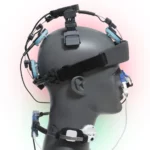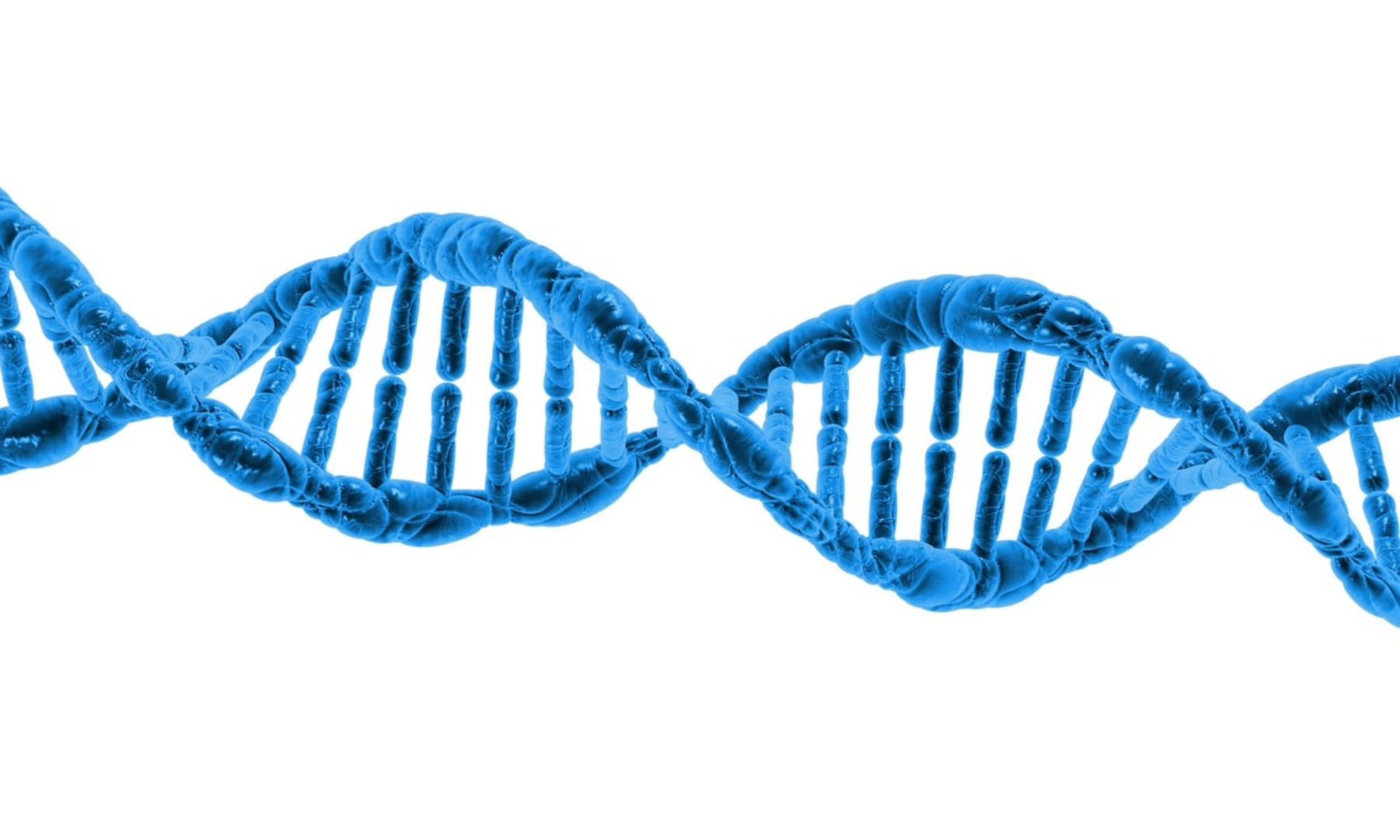Vielight, a photobiomodulation company in Toronto Canada has engineered devices that deliver light therapy with head helmets and nasal applicators which, according to be studies listed below, constitute a viable sound sleep solution. Visit their website (https://www.vielight.com) for more information. When ordering any of their devices be sure to claim a 10% discount with coupon code healing4me.
has engineered devices that deliver light therapy with head helmets and nasal applicators which, according to be studies listed below, constitute a viable sound sleep solution. Visit their website (https://www.vielight.com) for more information. When ordering any of their devices be sure to claim a 10% discount with coupon code healing4me.
Sound Sleep Solution Studies
Neural Regen Res. 2023 Mar;18(3):474-477. Lights at night: does photobiomodulation improve sleep?
Abstract
Sleep is a critical part of our daily routine. It impacts every organ and system of our body, from the brain to the heart and from cellular metabolism to immune function. A consistent daily schedule of quality of sleep makes a world of difference to our health and well-being. Despite its importance, so many individuals have trouble sleeping well. Poor quality sleep has such a detrimental impact on many aspects of our lives; it affects our thinking, learning, memory, and movements. Further, and most poignantly, poor quality sleep over time increases the risk of developing a serious medical condition, including neurodegenerative disease. The time is ripe for an effective sound sleep solution.
In this review, we focus on a potentially new non-pharmacological treatment that improves the quality of sleep. This treatment, called photobiomodulation, involves the application of very specific wavelengths of light to body tissues. In animal models, these wavelengths, when applied at night, have been reported to stimulate the removal of fluid and toxic waste-products from the brain; that is, they improve the brain’s inbuilt house-keeping function.
Summary: Transcranial nocturnal photobiomodulation, by improving brain function at night, will help improve the health and well-being of many individuals, by enhancing the quality of their sleep.
Int J Mol Sci. 2023 Feb 6;24(4):3221. Brain Waste Removal System and Sleep: Photobiomodulation as an Innovative Strategy for Night Therapy of Brain Diseases.
Abstract
Emerging evidence suggests that an important function of the sleeping brain is the removal of wastes and toxins from the central nervous system (CNS) due to the activation of the brain waste removal system (BWRS). The meningeal lymphatic vessels (MLVs) are an important part of the BWRS. A decrease in MLV function is associated with Alzheimer’s and Parkinson’s diseases, intracranial hemorrhages, brain tumors and trauma.
Since the BWRS is activated during sleep, a new sound sleep solution is being actively discussed in the scientific community: night stimulation of the BWRS might be an innovative and promising strategy for neurorehabilitation medicine.
Summary: This review highlights new trends in photobiomodulation of the BWRS/MLVs during deep sleep as a breakthrough technology for the effective removal of wastes and unnecessary compounds from the brain in order to increase the neuroprotection of the CNS as well as to prevent or delay various brain diseases.
J Alzheimers Dis. 2022;87(4):1581-1589. Brain Photobiomodulation Improves Sleep Quality in Subjective Cognitive Decline: A Randomized, Sham-Controlled Study.
Abstract
Background: Sleep appears to be a sensitive biomarker that facilitates early detection and effective intervention for Alzheimer’s disease, while subjective cognitive decline (SCD) is a risk factor for Alzheimer’s disease. Prefrontal cortex atrophy is associated with both sleep disruption and cognitive decline. Transcranial brain photobiomodulation (PBM) therapy can enhance frontal cortex oxygen consumption, increasing frontal cortex mediated memory function.
Objective: This study aimed to test whether PBM therapy targeting the frontal cortex could improve sleep and cognitive function in SCD.
Methods: Fifty-eight SCDs were divided into the PBM group (N = 32) in which real light therapy was administered and a sham light therapy group (N = 26). All the participants received either real light or sham light therapy for 6 days consecutively, while the sleep data were recorded. The n-back task was employed to measure each participant’s working memory.
Results: We found no differences in sleep efficiency change (F = 211, p = 0.279), REM stage percent change (F = 420, p = 0.91), and wake-up time (F = 212, p = 0.277) between the two groups. The sleep efficiency and REM were improved within the true light group on the fifth day. The true light group perform better than the control group in the n-back test, the accuracy was higher in the 2-back test (88.6% versus 79.6%, p = 0.001), and the reaction time in 1-back was shorter (544.80±202.00 versus 592.87±222.05, p = 0.003).
Conclusion: After five days of PBM therapy targeting the prefrontal cortex, sleep efficiency and N-back cognitive performance were improved on the fifth day.
Int J Mol Sci. 2023 Jun 30;24(13):10946. Phototherapy of Alzheimer’s Disease: Photostimulation of Brain Lymphatics during Sleep: A Systematic Review.
Abstract
The global number of people with Alzheimer’s disease (AD) doubles every 5 years. It has been established that unless an effective treatment for AD is found, the incidence of AD will triple by 2060. However, pharmacological therapies for AD have failed to show effectiveness and safety. Therefore, the search for alternative methods for treating AD is an urgent problem in medicine.
The lymphatic drainage and removal system of the brain (LDRSB) plays an important role in resistance to the progression of AD. The development of methods for augmentation of the LDRSB functions may contribute to progress in AD therapy.
Photobiomodulation (PBM) is considered to be a non-pharmacological and safe approach for Alzheimers therapy and a viable smart sleep solution. Here, we highlight the most recent and relevant studies of PBM for AD. We focus on emerging evidence that indicates the potential benefits of photobiomodulation during sleep for modulation of natural activation of the LDRSB at nighttime, providing effective removal of metabolites, including amyloid-β, from the brain, leading to reduced progression of AD.
Summary: Our review creates a new niche in the therapy of brain diseases during sleep and sheds light on the development of smart sleep technologies for neurodegenerative diseases.
Sleep Med. 2022 Feb:90:153-166. Light therapy for sleep disturbances in older adults with dementia: a systematic review, meta-analysis and meta-regression.
Abstract
Background: Sleep disturbances in older adults with dementia are common. Light therapy may help in regulating their sleep or wake cycle. However, data in the literature on the effectiveness of light therapy for the people with the said condition remain inconclusive. Thus, further research is warranted.
Objectives: This review aims to synthesize the best available evidence on the effectiveness of light therapy in reducing sleep disturbances among older adults with dementia.
Methods: PubMed, Embase, Scopus, CINAHL, Cochrane Library, ALOIS, PsycInfo, Web of Science, ProQuest, OpenGrey, various trial registries and different journals specializing on sleep were searched without limitations on the year of publication. Cochrane’s Risk of Bias Tool version 1 and GRADE criteria were used to assess risk of bias and certainty of evidence, respectively. Meta-analysis and meta-regression analyses were conducted using Stata software.
Summary: A total of 18 randomized controlled trials (RCTs) involving 1012 older persons with dementia were included. The meta-analysis revealed that light therapy significantly reduced night-time awakenings (p = 0.04), enhanced sleep quality (p = 0.01) and increased relative amplitude (p = 0.01) with a small to medium effect (g = 0.26-0.43). Subgroup analyses showed that studies conducted in the Western Pacific region had a larger effect size on sleep duration and efficiency than those conducted in other regions.
Robert Rodgers PhD

